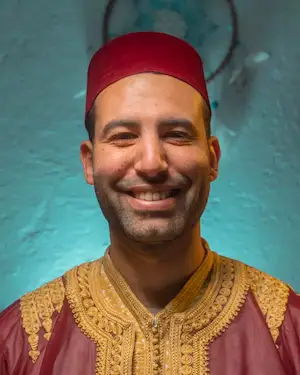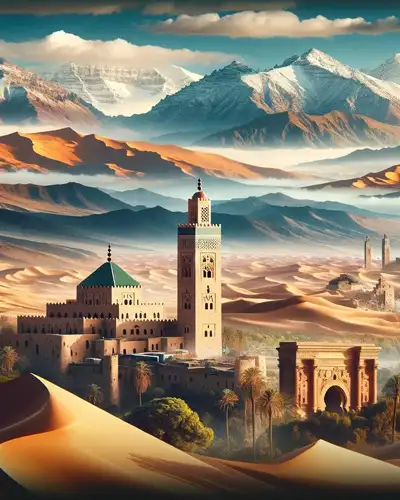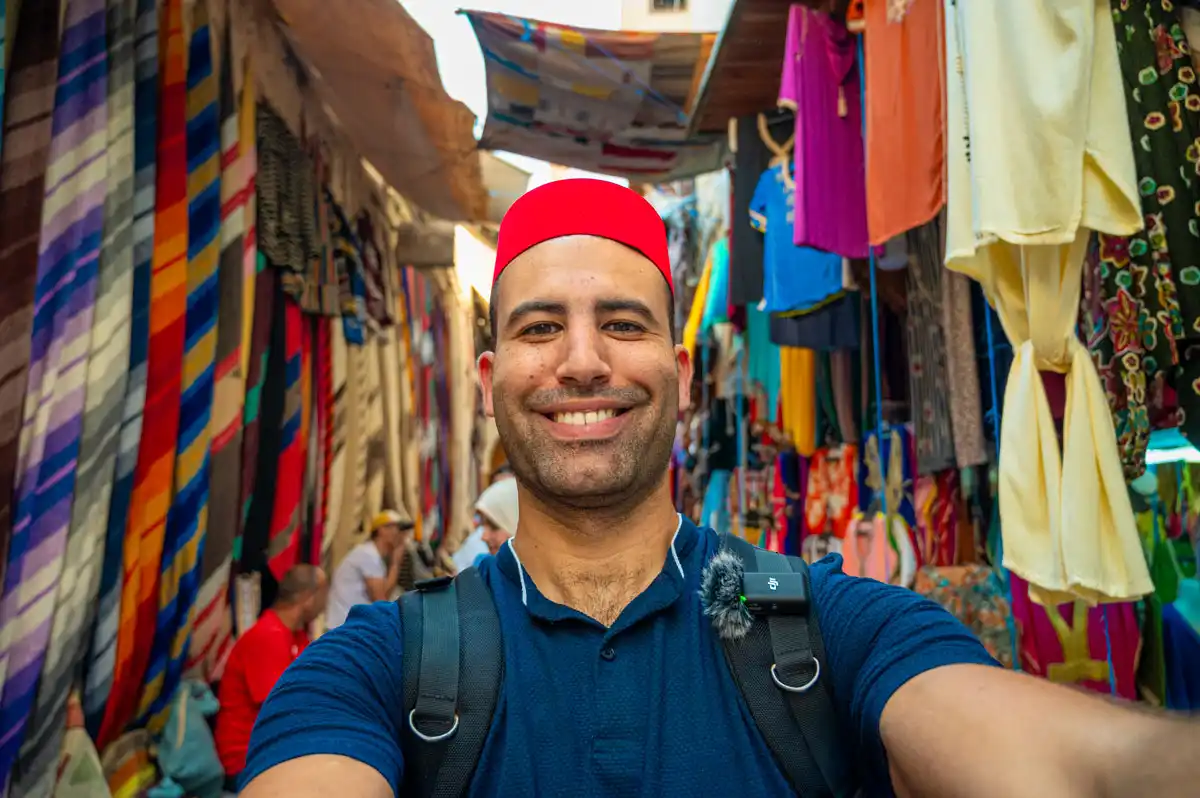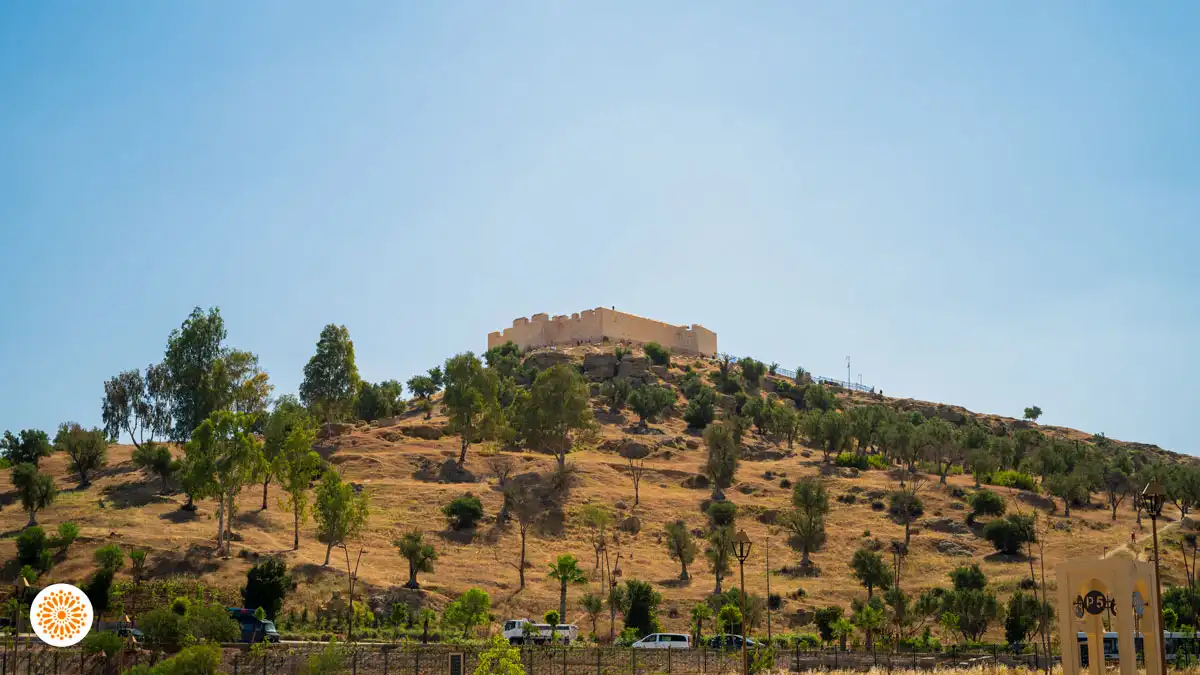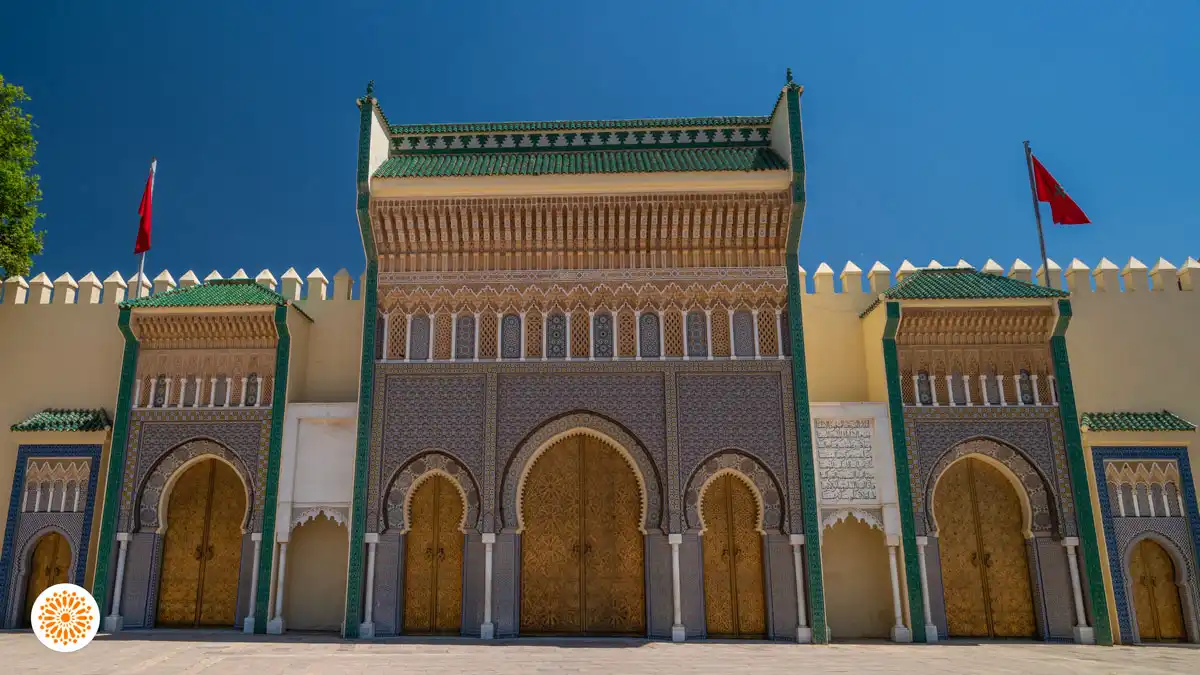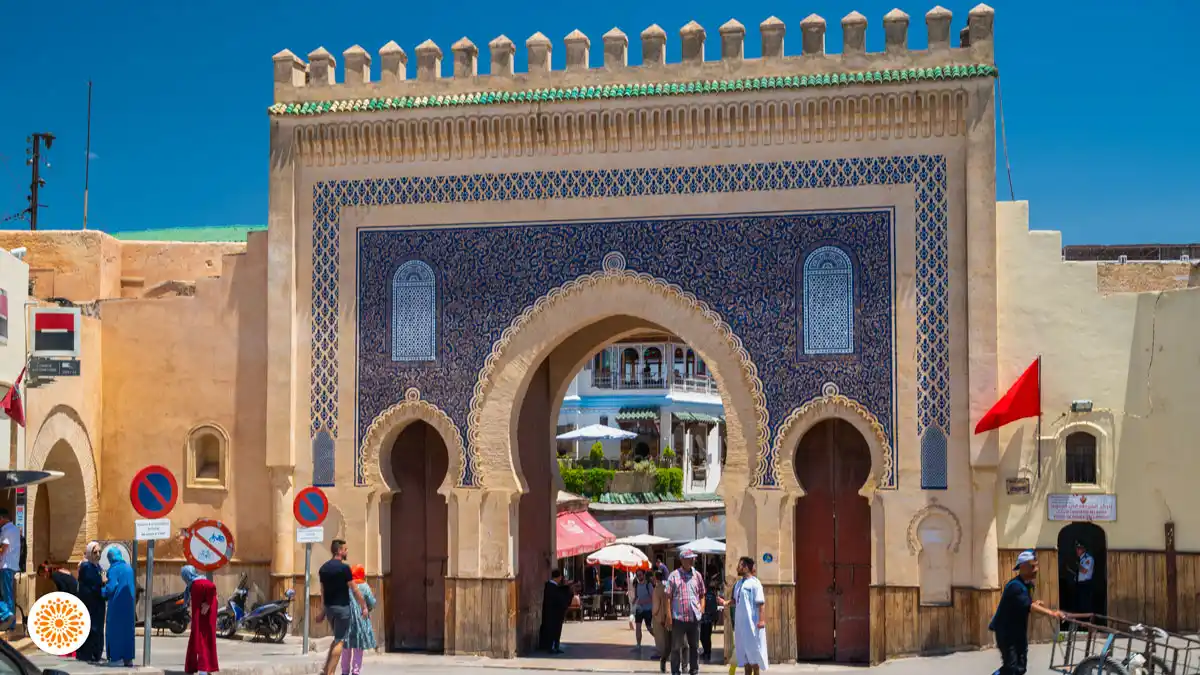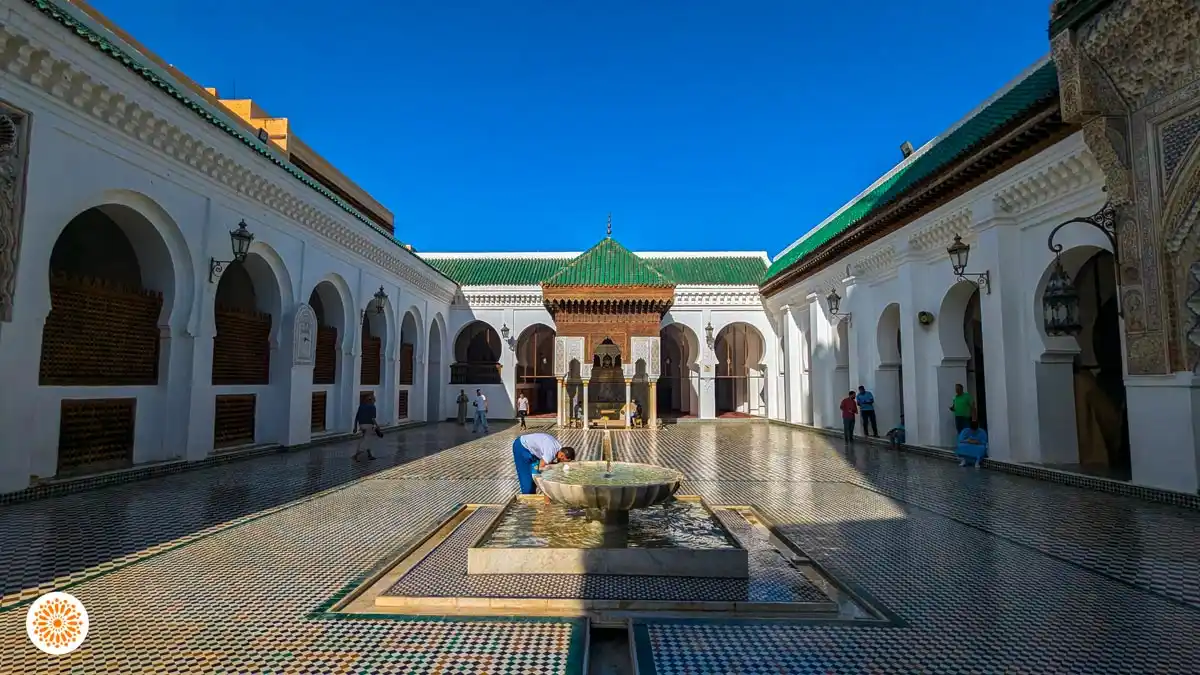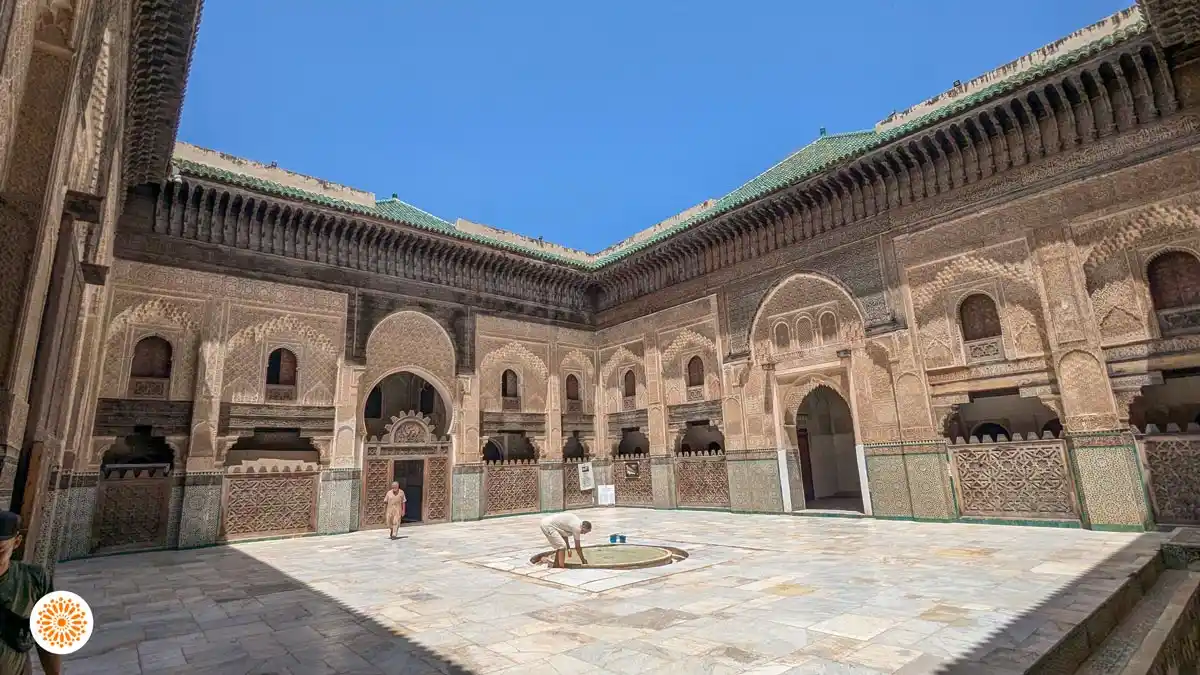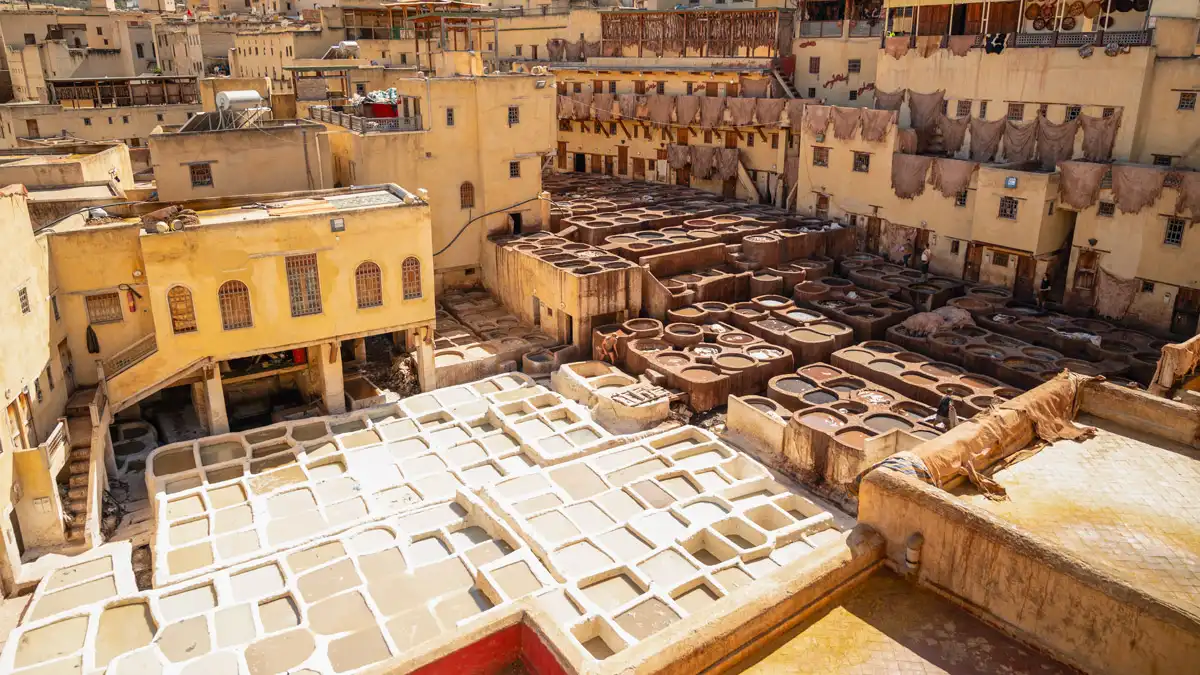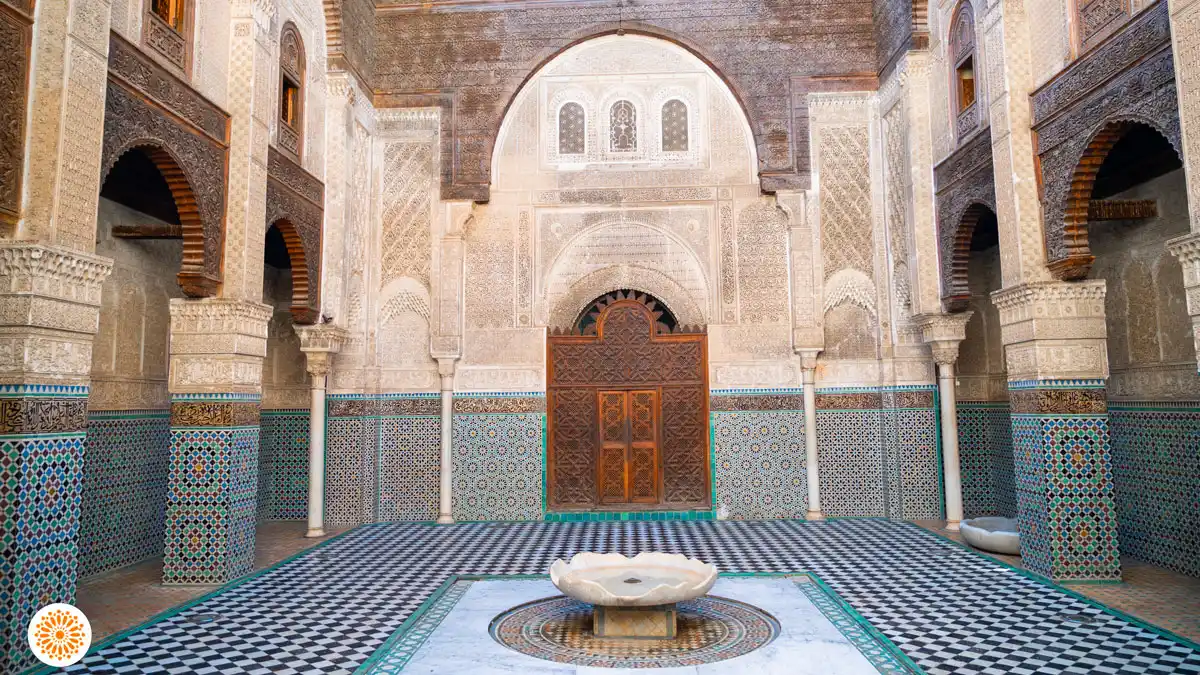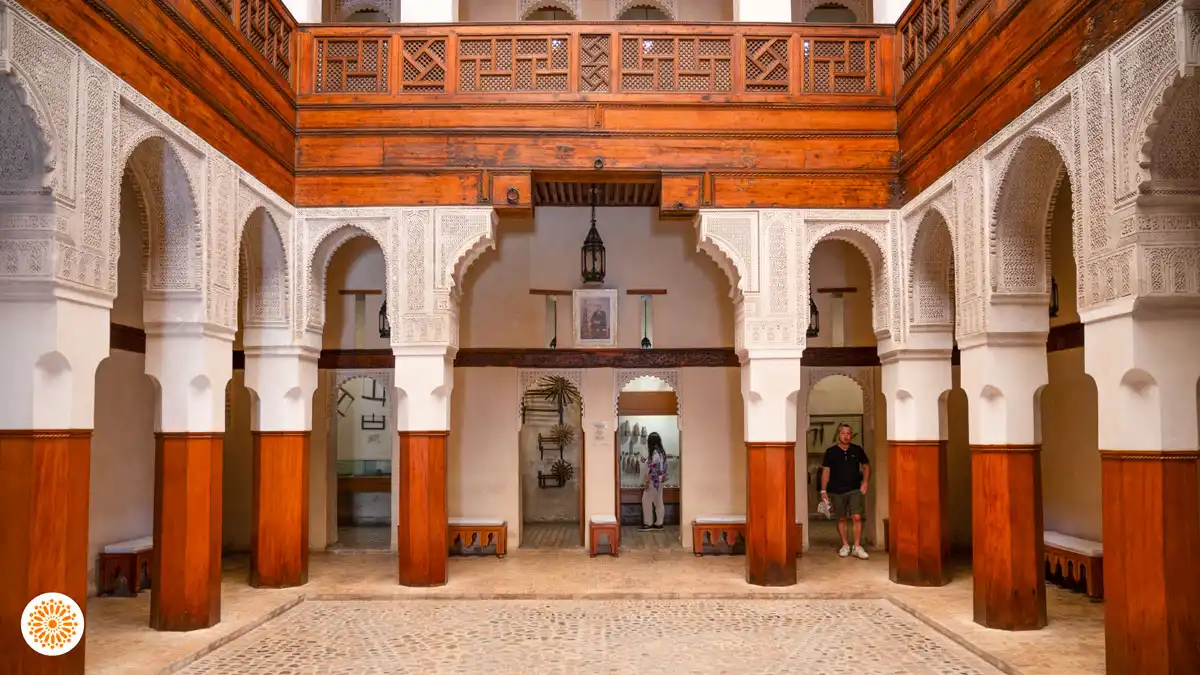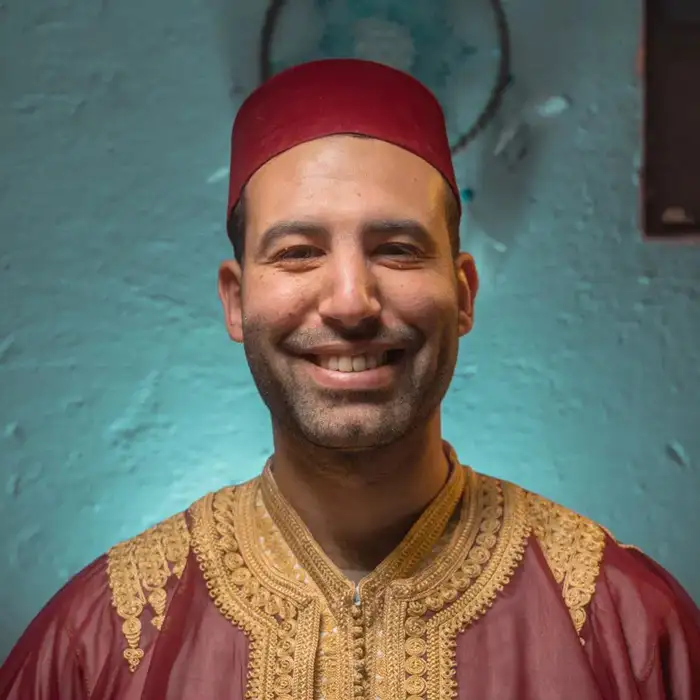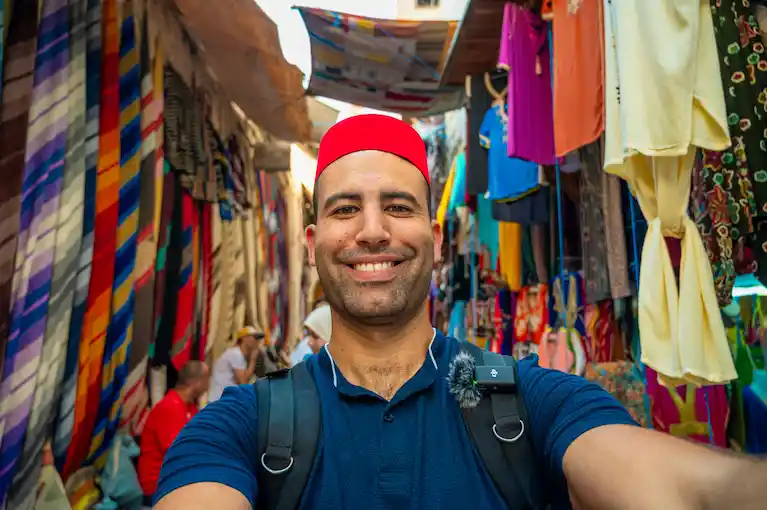Discover Fez Morocco I All You Need To Know
As someone who has visited Fez countless times, I can only say that this city is one of Morocco’s most fascinating destinations. Fez offers a mix of ancient history, strong culture, and authentic Moroccan experiences. Founded in the 8th century, Fez is the spiritual and cultural heart of Morocco, and there’s something magical about wandering through its streets, especially the Medina of Fez, which feels like stepping back in time. In this guide, I will walk you through Fez’s long history, famous landmarks, tips, tour suggestions, and everything else that makes it worth visiting.
The History of Fez Morocco
Fez was founded in 789 AD by Idris I, the first ruler of the Idrisid dynasty, making it one of Morocco’s oldest cities. Over time, Fez grew into a cultural and religious hub, with scholars, artisans, and traders from all over the world contributing to its unique identity. The city is famous for its Fes el-Bali (Medina), the oldest walled part of the city, and a UNESCO World Heritage Site.
Fez is also known for its religious significance, being home to the University of Al-Qarawiyyin, the oldest existing university in the world. Its long-standing role as a center for learning and spirituality makes Fez the perfect place for visitors who want to experience Morocco’s deep-rooted traditions.
Why Is Fez Famous?
Fez is renowned for many reasons, but above all, it’s the Medina—the largest car-free urban area in the world—that makes the city stand out. Fez is also famous for its traditional tanneries, madrasas (Islamic schools), and the stunning craftsmanship you can find in every corner of the city. Walking through Fez feels like being part of a living museum where history, religion, and culture all come together in one place.
Best Places to Visit in Fez:
Borj Nord Fez
Borj Nord is a 16th-century fortress built by Sultan Ahmad al-Mansur on a hill overlooking the medina. Originally a military watchtower to protect the city, it houses a fascinating arms museum today. The museum does feature an impressive collection of weapons, including swords, firearms, and armor, representing different periods of Moroccan history. The panoramic views from Borj Nord is spectacular, You will get the perspective of the sprawling Fez medina and surrounding landscapes. It is also a great spot for history buffs and anyone wanting to understand the city’s defensive architecture.
The Royal Palace (Dar el-Makhzen)
Although the Royal Palace of Fez is closed to the public, the magnificent gates alone are worth a visit. The golden doors of the palace are framed by beautiful zellige tilework and carved cedarwood, which creates an impressive display of Moroccan craftsmanship. The vast palace complex is one of the Moroccan royal family’s residences, reason why it is not open to the public. Adjacent to the palace, you will find the Mellah (Jewish Quarter), where the architecture is notably different from the traditional Islamic buildings of Fez, with large balconies and wider streets. A stroll around this area gives you a glimpse into the city’s multicultural heritage.
Fez Walled City (Medina of Fez)
The Medina of Fez is one of the world’s oldest and largest car-free urban areas. Founded in the 9th century, Fez el-Bali (Old Fez) is a UNESCO World Heritage site and home to thousands of historic buildings, including mosques, madrasas, and palaces. Walking through the winding, narrow alleys, you’ll discover local markets (souks) filled with spices, textiles, and traditional handicrafts. Bab Boujloud, also known as the Blue Gate, is the grand entrance to the medina and is a perfect starting point for exploring the heart of Fez.
- Bab Boujloud (The Blue Gate): The gateway leading into the heart of the Fez medina, Bab Boujloud is known for its blue tilework on one side and green tiles on the reverse, introducing the city’s history and artistry. Once inside the gate, you will find yourself inside lively souks, cafes, and access to key landmarks(like Bou Inania Madrassa).
- Markets and Souks: The medina’s markets sell everything from handwoven carpets to fresh produce. Explore the Souk el Henna, known for henna, perfumes, and natural cosmetics, or visit Souk Attarine for spices and dried fruits. Each area of the medina has a Souk that’s specializing in different goods.
- Streets: Fez’s streets are intentionally designed to confuse invaders. These narrow, maze-like alleys form the core of the city’s layout and are a key feature of its defense system. Walking through these labyrinthine paths, makes you feels like timing has never moved in this place.
Al-Qarawiyyin Mosque and University
Al-Qarawiyyin University was founded in 859 AD and is the oldest continuously operating university in the world. It has been a center of learning for centuries, with scholars from across the Arab world studying various disciplines here. The adjacent mosque is equally historic, serving as Fez’s residents’ spiritual and intellectual hub. While non-Muslims cannot enter the mosque, its exterior’s architectural beauty and the university’s historical significance make it a must-see. The courtyards, fountains, and geometric tilework represent some of the finest examples of Islamic architecture.
Bou Inania Madrasa
The Bou Inania Madrasa is one of Morocco’s most beautiful and well-preserved religious schools. Built in the 14th century, this madrasa served as both a school and a mosque. Bou Inania is unique because it’s one of the few religious buildings in Fez open to non-Muslim visitors. You will find nice zellige tilework, carved wooden details, and a peaceful courtyard with a splendid green-tiled minaret inside. This madrasa showcases the height of Marinid architecture and is a masterpiece of Moroccan craftsmanship.
Chouara Tannery
The Chouara Tannery is one of Fez’s most iconic attractions. Its been operating for nearly a thousand years, this tannery is where animal hides are processed and dyed in large, colorful vats. The tannery is famous for its traditional leather-making techniques that have remained unchanged for centuries. From a nearby terrace, visitors can watch the tanners at work and observe the colorful pools of natural dyes made from saffron, indigo, and other plant-based materials. The distinct smell (I mean, the very strong smell) of the tannery is part of the experience, so locals often recommend carrying a sprig of mint to help mask the odor. Leather goods purchased here are usually directly from the source, making them unique souvenirs.
Al-Attarine Madrasa
Located near the Al-Qarawiyyin Mosque, this Madrassa is just another stunning example of 14th-century Marinid architecture. The madrasa’s main attraction is its central courtyard, which is surrounded by nicely carved cedarwood and beautiful mosaics. The harmony of colors and designs in the zellige tilework reflects the peak of Moroccan artistic achievement. Visiting Al Attarine offers insight into Morocco’s educational history and Islamic architectural tradition.
Nejjarine Museum of Wooden Arts & Crafts
Situated in Place Nejjarine, the Museum of Wooden Arts and Crafts showcases traditional Moroccan woodworking. Housed in a 17th-century fondouk, or caravanserai, the museum features beautifully crafted wooden objects, like musical instruments and furniture. The building itself is a marvel, with carved balconies overlooking a central courtyard. One of the museum’s highlights is its rooftop café, which has a panoramic view of the medina, making it a perfect spot to relax after exploring the exhibits.
Place Seffarine
Place Seffarine is famous for its metalworkers, who craft traditional Moroccan copper and brass items. By visiting this square, you will hear the rhythmic sounds of artisans hammering metal into shape, creating everything from tea sets to decorative plates. This square has been a hub of craftsmanship for centuries, and it remains one of the most authentic places in Fez to witness traditional Moroccan trades in action. It’s a great place to pick up handmade souvenirs while observing the artisans at work.
Marinid Tombs

The Marinid Tombs are situated on a hill overlooking Fez, offering one of the city’s best panoramic views (especially during sunset). It was built during the Marinid dynasty in the 14th century, these ruined tombs once housed the remains of Moroccan royalty. While the tombs are mostly in ruins, the site is worth visiting for the breathtaking view of the Fez medina.
Is Fez Safe to Visit?
Fez is generally a safe city for travelers. Like any large city, there are areas where you should be cautious, particularly in crowded markets. However, Fez is known for its friendly locals and a strong sense of community overall. With common-sense precautions, you can safely explore the Medina and surMedinang areas.
How Much Time Do You Need in Fez
I recommend spending at least two to three days in Fez to explore its Medina, visit the Medina’s major landmarks, and take a day trip to nearby locations like Chefchaouen or the Sahara Desert. Fez offers an authentic Moroccan experience, and there’s no rush—taking your time is the best way to absorb everything this magical city offers.
Guided Tours and Day Trips
While Fez itself has plenty to see and do in it, you can also take guided tours from Fez to:
- Chefchaouen: A stunning blue city in the Rif Mountains, perfect for photography and relaxation, It takes one day for a trip to Chefchaouen from Fez, but you can extend it to two days if you want to enjoy Akchour Waterfalls.
- The Sahara Desert: Travel from Fez to the Sahara for a desert trip, complete with camel trekking and nights under the stars, and go for a 4×4 excursion or Quad ride.
- Marrakech: You can combine Fez with a tour of Marrakech, passing through astonishing landscapes, including the Atlas Mountains, Sahara Desert, and Ouarzazate.
- Meknes & Volubilis: You can visit Meknes the imperial city and volubilis, a roman ruin that very well preserved in a day trip from Fez.
Local Transportation (Petit Taxis)
In Fez, getting around by petit taxis is an affordable and convenient way to explore the city. These small red taxis are metered, and fares typically range from 7 to 15 MAD (less than USD 2) for short trips in the town. Keep in mind that prices increase at night. If you are traveling in a group, petit taxis can only carry up to three passengers, so you may need to take multiple taxis. Always ensure that the driver turns on the meter to avoid overpaying.
Where to Buy Leather Goods in Fez
Fez is renowned for its leather goods, particularly those produced at the Chouara Tannery. For authentic and high-quality leather items, try to visit the souks in the Medina, where you can find everything from handbags to belts and jackets. While browsing, don’t hesitate to negotiate prices as bargaining is a customary part of shopping in Moroccan markets. The tannery areas are great places to buy directly from artisans and get a feel for the traditional leather-making process (And support for the local community).
Safety Tips for First-Time Visitors
Fez is generally safe for tourists, but taking a few precautions is always good. Avoid venturing down empty alleys when exploring the Medina, especially at night. Walk into well-lit, busy areas, and be mindful of your belongings in crowded places. If you need more guidance, consider hiring a local guide to navigate the maze-like streets of the Medina comfortably. It’s also beneficial to carry small cash for purchases, as credit cards are only widely accepted in some places.
Is Fez Morocco Worth Visiting – Conclusion
Yes, its totally worth it. Fez is more than just a city, it’s a living piece of history, full of experiences that will transport you back in time. If you are ready to explore Fez and beyond, including day trips to Chefchaouen or the Sahara Desert, check out our bespoke private tours for a personalized experience you will never forget. Remember to explore our Best Places to Visit in Morocco, Safety Tips for Traveling to Morocco and Morocco travel resteictions for a successful experience in Morocco!

